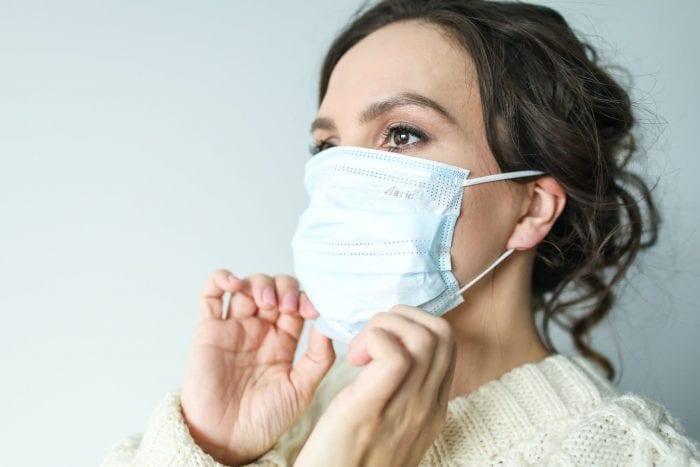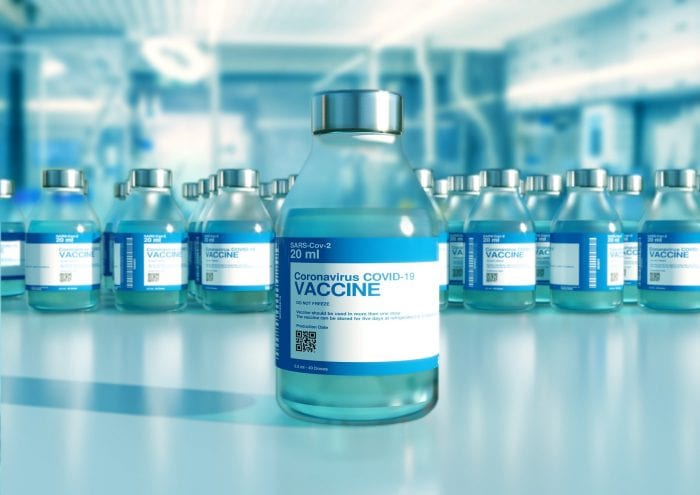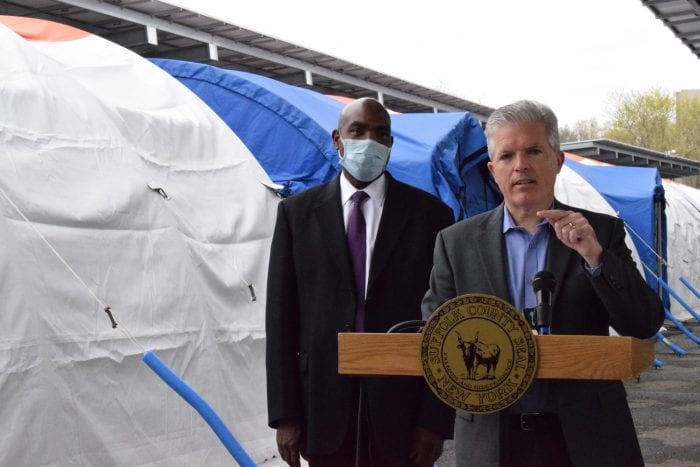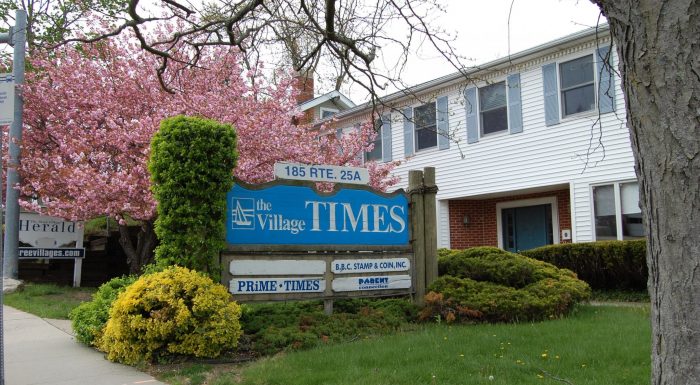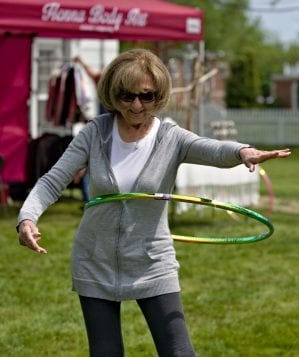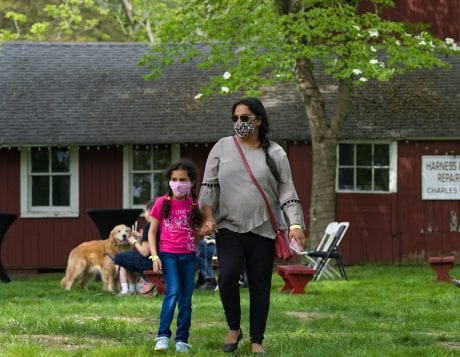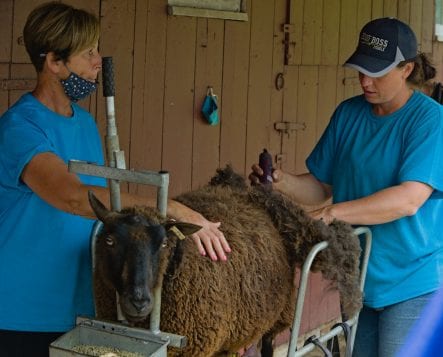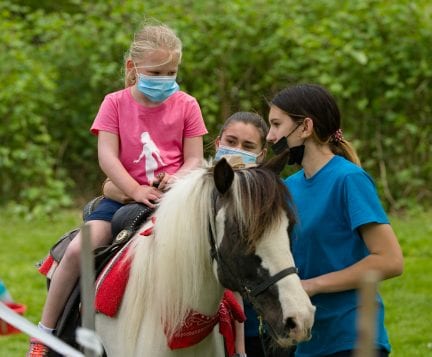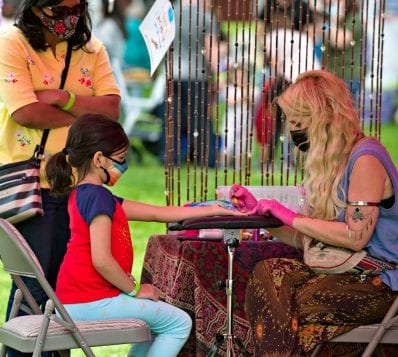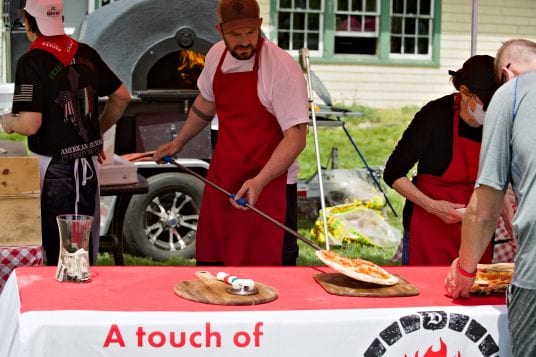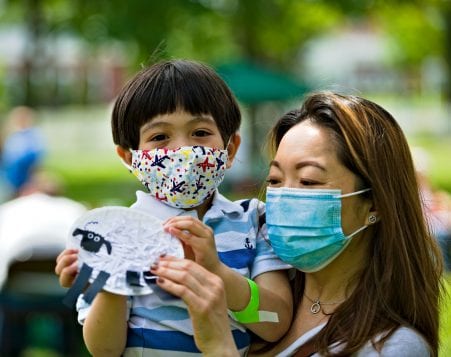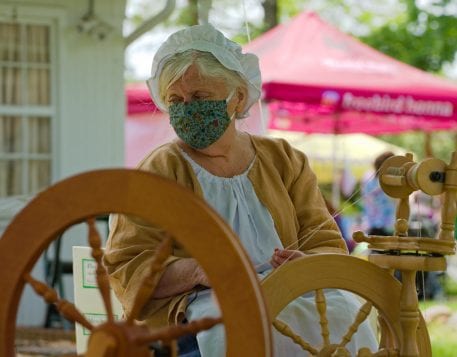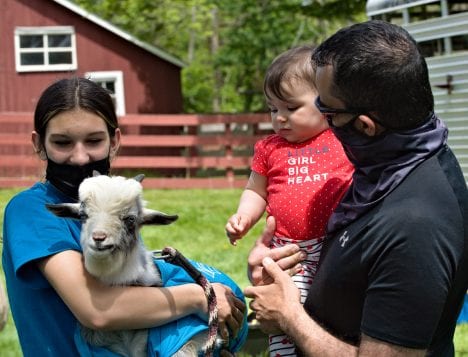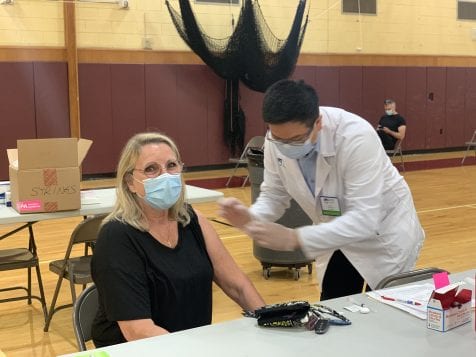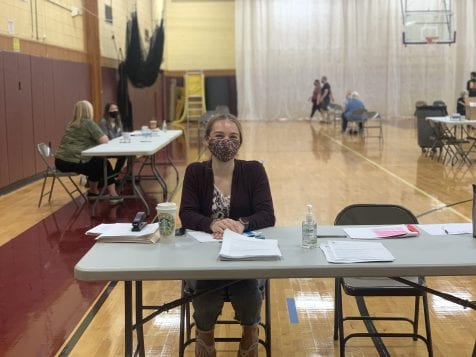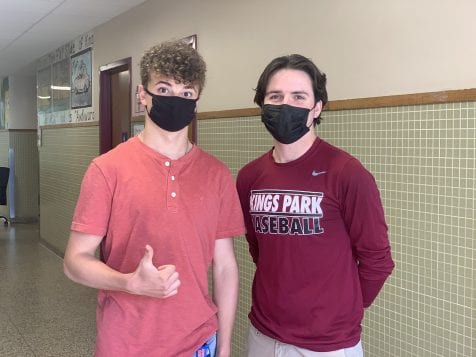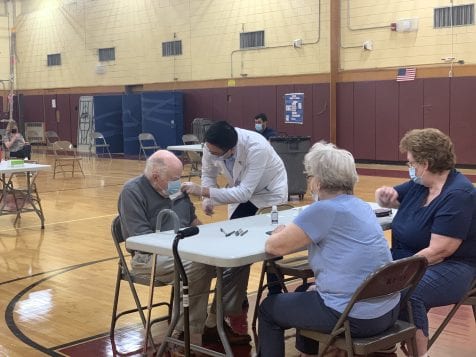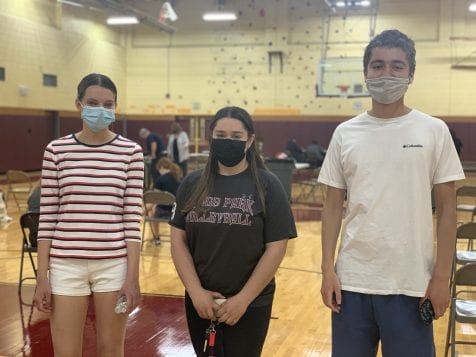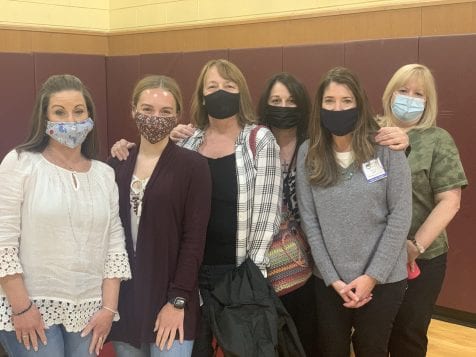By Leah S. Dunaief

Probably because of COVID-19, there has been more discussion in the media about depression, anxiety and mental health in general. CVS, the nation’s largest retail pharmacy, and the one owned by the Melville Corporation, (the company started by local philanthropist Ward Melville by the way) is creating a new niche for its many stores. It has been hiring licensed clinical social workers for a pilot project in several cities and will offer walk-in sessions or by appointment.
The social workers are trained in cognitive behavior therapy or CBT. I believe that is generally a form of short term therapy in which the immediate problem is discussed and treated using evidence-based techniques. According to an article in The New York Times, May 10, social workers will offer assessments, referrals and counseling. They will be available during the day and also on evenings and weekends, and also by telemedicine. They will partner with the company’s nurse practitioners and pharmacists for prescriptions when needed. This will be yet another nonemergency health care service the chain is providing, as they have most recently offered coronavirus vaccines for the public.
Now others beside pharmacies like Rite Aid and Walgreens, who are also planning mental health care, are seeing opportunity in the health field. Albertsons, a grocery chain, offers injectable antipsychotic drugs as well as injectable medication to help treat substance abuse. And a while ago, I got my first shingles vaccine in a drug store.
What a change from the pharmacy of my childhood. I well remember walking down to the drug store five blocks away in New York City with my dad, before I was even of elementary school age, to buy ice cream. That was the only place with a freezer, and the selections were Breyer’s vanilla, or chocolate, or vanilla, chocolate and strawberry together in half gallon containers. They were in a freezer chest, like a foot locker, and when I leaned in to pick the selection, the cold took my breath away. The pharmacy also had a counter where we could sit and get sundaes and milkshakes. But most of the time, we carried the ice cream carton home, hurriedly so it wouldn’t melt, to eat together with the rest of the family.
Another recent focus in the mental health field is on food. And sadly the foods we typically turn to when we are stressed, inevitably sugar-laden and of high fat like ice cream, pastries, pizza and hamburgers, now are on the mental wellness bad list. Nutritional psychiatry is an emerging field which looks at the relationship between diet and mental health. The idea that what we eat can affect our physical health is an accepted one, and now the same concept is extended to our mental wellbeing with the following physiological specifics thanks to research.
“A healthy diet promotes a healthy gut, which communicates with the brain through what is known as the gut-brain axis. Microbes in the gut produce neurotransmitters like serotonin and dopamine, which regulate our mood and emotions, and the gut microbiome has been implicated in mental health outcomes,” states The New York Times in a May 18 article by Anahad O’Connor.
People who eat a lot of nutrient-dense foods, like fruits and vegetables “report less depression and greater levels of happiness and mental well-being,” according to the NYT.
There is a bit of a chicken-egg conundrum here concerning which comes first? Do anxiety and depression drive people to eat unhealthy foods or are those who are happy and optimistic more likely to choose nutritious foods that further brighten their moods? Recent research has borne out that healthy foods do improve moods.
“Seafood, greens, nuts and beans — and a little dark chocolate” is the basic dietary advice of Dr. Drew Ramsey, a psychiatrist and assistant clinical professor at Columbia University College of Physicians and Surgeons. His jingle comes with the message that food can be empowering.
*This article was revised on June 1, 2021.





















